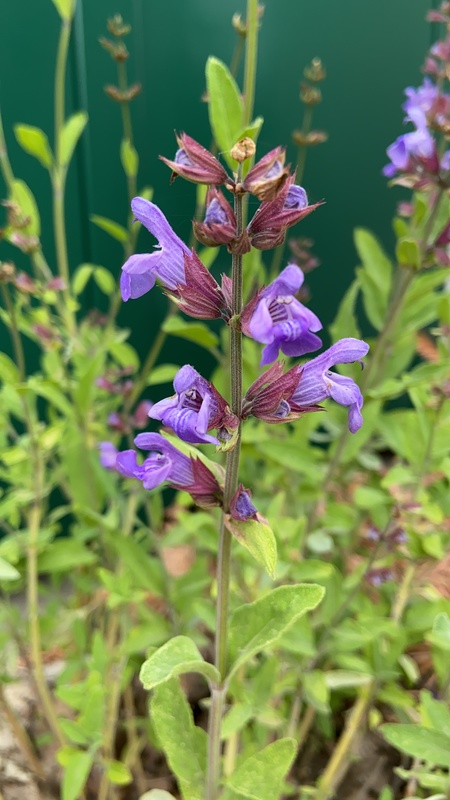Description
The honeydew melon is a plant native to tropical and subtropical regions, including parts of Africa, Asia, and the Americas. It is a member of the Cucurbitaceae family, which includes other melons and cucumbers.
The honeydew melon has a spherical or oblong shape, with a smooth, thin skin that is typically pale green or white in color. The fruit has a juicy, sweet flesh, and is often eaten as a fresh fruit or used in salads and desserts. The plant produces small, yellow flowers, and has large, lobed leaves with a fuzzy texture.
Honeydew melons can grow to be quite large, with some varieties reaching over 10 pounds in weight. The plants grow quickly, with the fruit reaching maturity in about 75 to 95 days after planting.
To differentiate honeydew melons from other melons and cucumbers, gardeners and farmers can look for the smooth, pale green or white skin, as well as the sweet, juicy flesh. They can also look for the plant’s large, lobed leaves and yellow flowers.
Honeydew melons prefer warm, well-draining soil and full sun exposure. They should be watered regularly, but not over-watered, to prevent root rot. In cold climates, the plants may need to be protected from frost to survive the winter.
Honeydew melons are not typically eaten for their seeds, but the fruit itself is edible and can be stored in the refrigerator for up to a week after harvest. The fruit can be eaten fresh, sliced or cubed, or used in salads, smoothies, or desserts.
In addition to being eaten fresh, honeydew melons have a number of uses in the garden and beyond. The plants can provide ground cover and help control weeds, and the leaves can be used as a natural mulch. The fruit can also be used as a natural fertilizing agent, and the vines can be used for weaving or other crafts.
Honeydew melons are also valuable for wildlife, providing food for birds, insects, and other animals. The plants can attract pollinators, such as bees and butterflies, to the garden, and the fruit can provide a source of nutrition for animals during the growing season.


